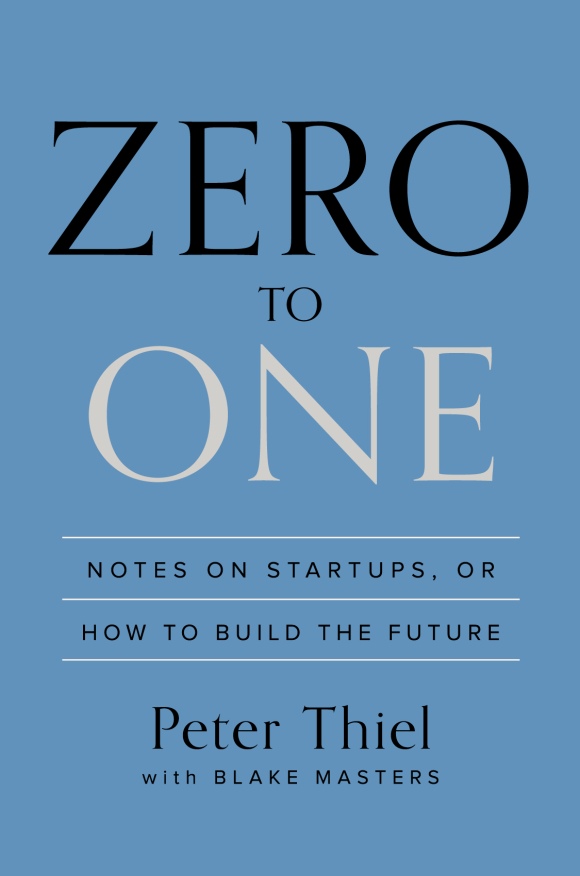My team was recently working on a new product and one of the issues that came up was what color scheme would generate the best results. Rather than rely on our (great) designers and team’s overall understanding of the market, we looked into the literature of consumer behavior and the research on what behavior different colors generated. Reinforcing the value of spending time on your color choices is research that shows 90 percent of snap judgments on products can be based on color. While there is no magic formula (unfortunately make everything dark blue or yellow is not a silver bullet), you can apply consumer behavior to leverage your color choices.
Color and branding
The first area we looked to leverage color was in our branding, ensuring our logo and app icon generated a strong positive response from players. A good article on Entrepreneur, The Psychology of Color, explained that you initially need to ensure your choice of colors is considered appropriate for your product. What would be effective in a bar is very different than the colors you should use for a funeral home. Customers decide a brand’s personality largely by its color scheme. The colors also make the brand more or less recognizable (IBM is defined as Big Blue), and people prefer recognizable brands.
Color choices also can create a unique visual identity. This helps to differentiate the brand and make it more memorable.
The key to choosing the right colors for your brand are using ones that convey the personality you want people to associate with your brand. If it is excitement, colors like red and yellow generate that response. If it is trust, you are best going with a lighter shade of blue. Colors also mean different things in different contexts (green can be environmentally friendly or related to money).
Color and gender
You also need to tailor your color scheme to the gender of your target customer. Blue is popular with both genders while purple is the most polarizing (loved by women and disliked by men). In general, men prefer bold colors while women prefer softer colors. Men are also more amenable to shades of colors as their favorites (colors with black added) while women prefer tints of colors (colors with white added).

Color and conversions
The true impact of color on conversion (making sales) is that you should use color to make an item or monetization opportunity jump out. A red “Buy Now “ button is likely to work great on a predominantly green and blue page but not work as well as a green button on a page with a lot of red. The key is using color to highlight what you want users to consider purchasing. You should use color to leverage the isolate effect.
Think about color
The key to this article is that color is important on multiple levels to your business and should not be an afterthought. The right color choices will create the brand identity you are looking for, appeal to your target market and make customers more likely to purchase.
Key takeaways
- Color is a very strong determinant of consumer behavior and you should spend time to make color choices with your brand, logo and product that drive the behavior you are seeking.
- Color scheme needs to be consistent with your brand, creating the brand personality you are trying to build.
- The key to driving conversions is using color to isolate the elements that will drive purchases, less important than the actual color choices is using colors that do not appear elsewhere on the page or app.


